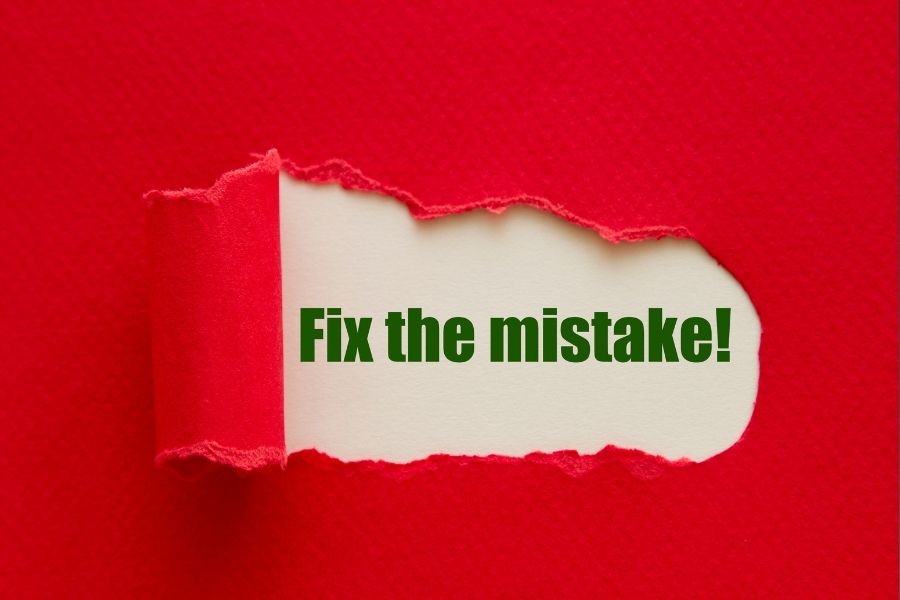Table of Contents
Introduction

Dialogue is the heartbeat of any story. It breathes life into characters, reveals their personalities, and drives the plot forward. But crafting effective dialogue can be tricky. It’s easy to fall into common pitfalls that can make your dialogue feel flat or unrealistic. Let’s dive into the 10 most common dialogue writing mistakes and explore how to avoid them.
Dialogue Writing Mistake # 1: Overusing Dialogue Tags
Dialogue tags, like “he said” or “she asked,” are essential for clarity, but overusing them can bog down your writing.
Solution: Use tags sparingly. Instead, let your characters’ actions and the context of the conversation convey who is speaking. For instance:
Overused Tags:
“Do you want to go to the park?” John asked.
“Yes, that sounds fun,” Mary replied.
Improved Version:
John grabbed his jacket. “Do you want to go to the park?”
Mary smiled. “Yes, that sounds fun.”
Dialogue Writing Mistake # 2: Using Incorrect Punctuation
Punctuation errors can make dialogue confusing and hard to follow.
Solution: Familiarize yourself with the basic rules of punctuating dialogue. Remember that punctuation marks (like commas and periods) usually go inside the quotation marks. For example:
Incorrect:
“Let’s go to the movies”.
“It’s a great idea”, she said.
Correct:
“Let’s go to the movies.”
“It’s a great idea,” she said.
Dialogue Writing Mistake #3: Writing Unnatural Dialogue
Dialogue should mimic real speech but with a purpose. Unnatural dialogue can disrupt the reader’s immersion in the story.
Solution: Read your dialogue out loud. Does it seem like something a genuine individual would agree? If not, rework it until it flows naturally. Also, avoid overly formal language unless it’s appropriate for the character or setting.
Dialogue Writing Mistake # 4: Lack of Character Voice
Each character ought to have an exceptional approach to talking that mirrors their character and foundation. Without distinct voices, characters can become indistinguishable.
Solution: Develop each character’s voice through their vocabulary, speech patterns, and mannerisms. Consider their background, education, and personality traits.
Dialogue Writing Mistake # 5: Info Dumping in Dialogue
Using dialogue to dump large amounts of information can feel forced and unnatural.
Solution: Integrate information gradually. Use dialogue to reveal information organically through conversation, and mix it with actions and descriptions.
Example of Info Dumping:
“As you know, I’ve been working at the company for ten years and recently got promoted to manager.”
Improved Version:
“I can’t believe it’s been ten years at this place. The new manager role is a huge change.”
Dialogue Writing Mistake # 6: Dialogue That Doesn’t Move the Plot Forward
Every line of dialogue should have a purpose. If it doesn’t advance the plot, develop a character, or add to the setting, it’s likely unnecessary.
Solution: Before writing dialogue, ask yourself what purpose it serves. Trim any dialogue that doesn’t contribute to the story in a meaningful way.
Dialogue Writing Mistake # 7: Overly Formal Dialogue
People rarely speak in perfect grammar or full sentences. Overly formal dialogue can make characters seem stiff and unrealistic.
Solution: Use contractions and sentence fragments to make dialogue sound more natural. Allow characters to interrupt each other or trail off in mid-sentence.
Formal:
“I am going to the store. Would you like to accompany me?”
Natural:
“I’m going to the store. Wanna come?”
Dialogue Writing Mistake # 8: Not Using Subtext
Subtext is the underlying meaning behind the words. It’s what characters really mean, even if they don’t say it outright.
Solution: Include subtext to add depth to your dialogue. Characters should often say one thing but mean another, revealing their true feelings and motivations.
Example:
Instead of a character saying, “I’m angry with you,” they might say, “Everything’s fine,” while clearly acting irritated.
Dialogue Writing Mistake # 9: Dialogue That Sounds Too Similar
When all characters speak the same way, it can be difficult for readers to distinguish between them.
Solution: Ensure each character has a distinct voice. Pay attention to their unique speech patterns, word choices, and rhythms.
Dialogue Writing Mistake # 10: Ignoring the Setting

Dialogue should reflect the setting and context of the scene. Ignoring this can make dialogue feel disconnected from the environment.
Solution: Incorporate elements of the setting into the dialogue. Characters might reference their surroundings, react to changes in the environment, or speak differently depending on where they are.
Example:
In a bustling city scene, a character might shout to be heard over the noise, while in a quiet forest, they might speak softly.
Conclusion
Effective dialogue is an art that requires practice and attention to detail. By avoiding these common mistakes, you can create dialogue that is engaging, natural, and essential to your story. Remember, dialogue is more than just words on a page; it’s a tool for bringing your characters and world to life.
FAQs
What is the best way to use dialogue tags?
Use dialogue tags sparingly and mix them with actions and context to indicate who is speaking without overwhelming the reader.
How can I make my dialogue more natural?
Read it out loud, use contractions and sentence fragments, and make sure it reflects how people actually speak in real life.
What is subtext in dialogue?
Subtext is the underlying meaning or message that isn’t explicitly stated by the characters but is implied through their words and actions.
How can I avoid info dumping in my dialogue?
Integrate information gradually and naturally into the conversation, mixing it with actions and descriptions to avoid overwhelming the reader.
Why is it important for dialogue to move the plot forward?
Dialogue that moves the plot forward keeps the story engaging and ensures that every conversation serves a purpose in developing the story and characters.

